Orange Pi One is a single-board microcomputer with a quad-core ARM Cortex-A7 H3 processor. Features of the processor: four Cortex-A7 cores (1.2 GHz), video-core Mali 400MP2 (600 MHz). RAM controller supports DDR2 and DDR3 chips with normal and reduced voltage supply. Orange Pi One has 512 MB of DDR3 available. Each side of the board is soldered with one Samsung chip with 256 MB capacity.
The power consumption of “Orange” reaches 10 watts and it is recommended to use a power adapter with an output voltage of 5V and a current of 2A. Powering the board via USB-OTG is not supported. You can connect a monitor via HDMI, CSI camera with up to 5-megapixel resolution. Orange Pi One has 40 programmable general-purpose pins (GPIOs). The comb is fully compatible with the Raspberry Pi B+.
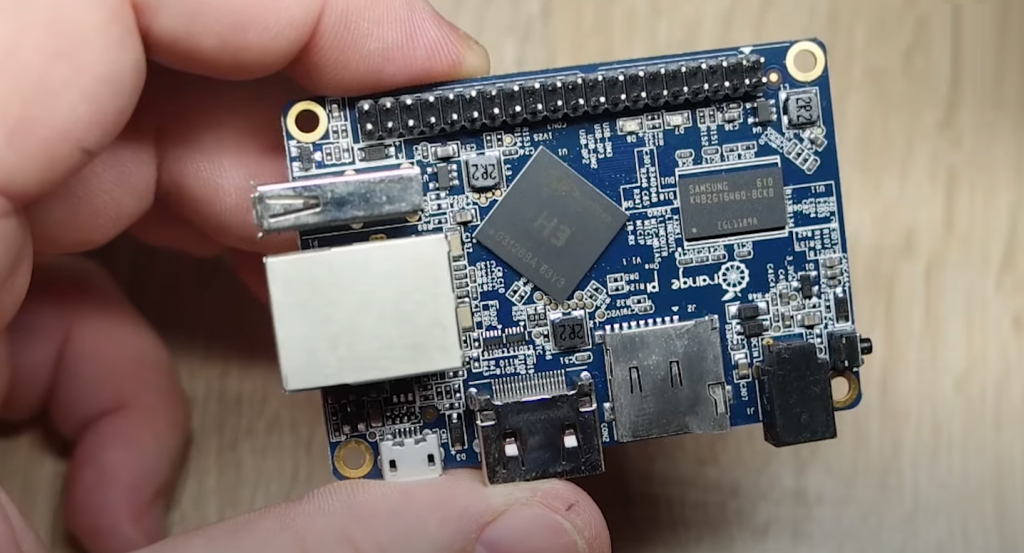
Orange Pi One supports a wide range of operating systems: Android, Ubuntu, Debian, ArchLinux, Gentoo, OpenSUSE, Kali, Fedora, Raspberry Pi Image.
Orange Pi One is compatible with components for other Orange series computers – more powerful Orange Pi PC and Orange Pi Lite with Wi-Fi module instead of Ethernet port.
Key Features
- Allwinner H3 SoC;
- 32-bit 4-core ARM Cortex-A7 processor clocked at 1.2 GHz;
- 512 MB DDR3 SDRAM;
- Mali-400 MP2 with Open GL ES 2.0/1.1;
- Ethernet (LAN).
Technical Specifications
| Processor | Allwinner H3 Quad-core Cortex-A7 H.265/HEVC 4K 1.2-1.6GHz, 32KiB Instruction + 32KiB Data L1 cache per core and 512KB L2 cache |
| Graphic processor | Mali400 MP2 600MHz supports OpenGL ES 2.0 OpenCL 1x, DX9_3, OpenVG, 1080p45 H.264 |
| ROM | 512Mb (shared with GPU) |
| ROM | microSD up to 64GB |
| LAN | 10/100 Mb/s Etdernet RJ45 |
| Video input | 1 x Camera Serial Interface (CSI) connector, supports: 8-bit YUV422 CMOS, CCIR656 protocol for NTSC and PAL, SM pixel camera sensor, video recording up to 1080p@30fps |
| Video output | HDMI with HDCP, HDMI CEC, HDMI 30 function |
| Audio output | HDMI |
| USB | USB 2.0 ports: One USB 2.0 host, one USB 2.0 OTG |
| Other | IC port |
| Peripherals | 40-pin expansion bus: GPIO (General Purpose I/O Interface), Power (+5V, +3.3V and GND), some pins can be used as UART, I2C, SPI or PWM |
| Buttons | Power button |
| Indicators | Power indicator, status indicator |
| Power | 5V 2A (4.0mm/1.7mm), board power via OTG is not supported |
| Dimensions | 2,71 x 1,88 inches |
| Weight | 1.26 oz |
| OS | Android, Lubuntu, Debian, Raspbian |
Conclusions
For a relatively small price, you get a platform with lots of features. I think it’s perfect for getting acquainted with Linux.
If you compare it with the Raspberry Pi, then as such there are no significant differences, both have their advantages and disadvantages, for example on the Raspberry there is no normally working Android, on Orange is very even faster, though it is warm.

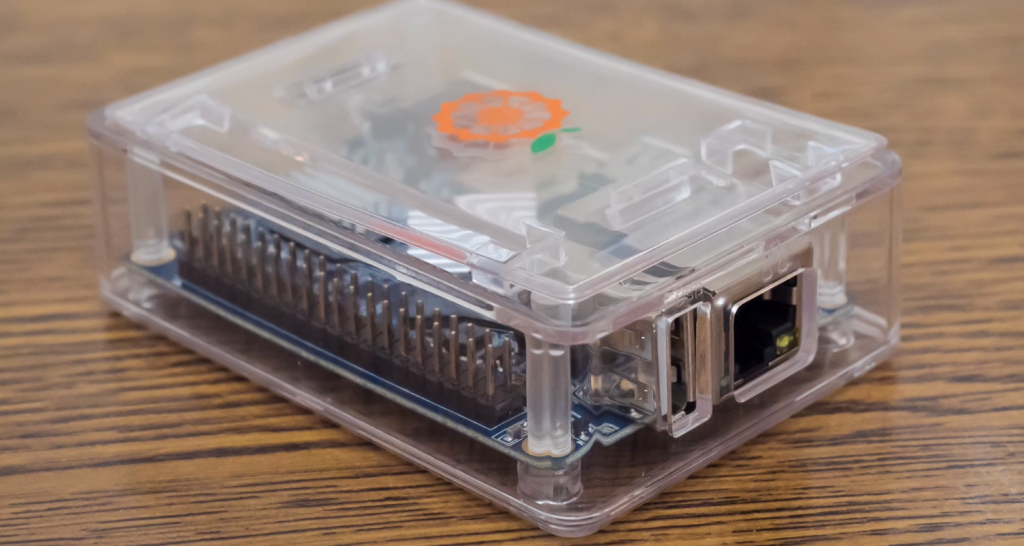
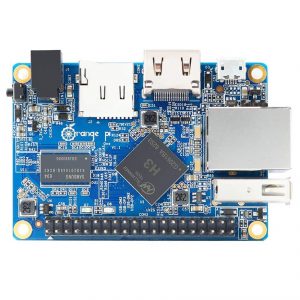 A microSD memory card with a maximum capacity of 64 GB is connected via
A microSD memory card with a maximum capacity of 64 GB is connected via 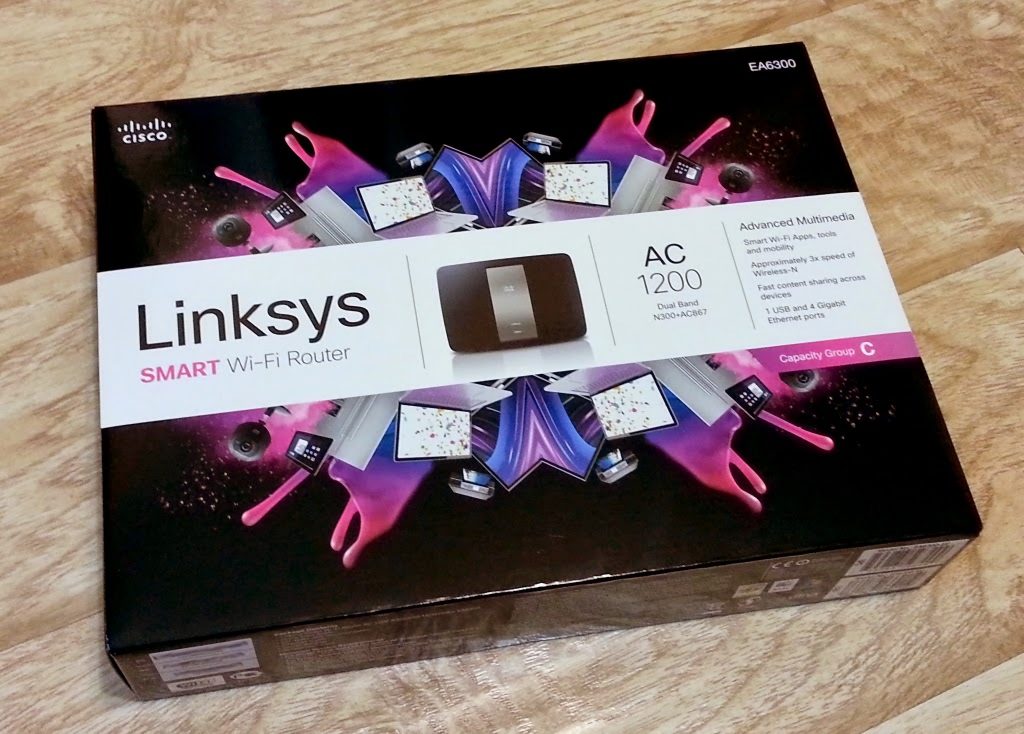
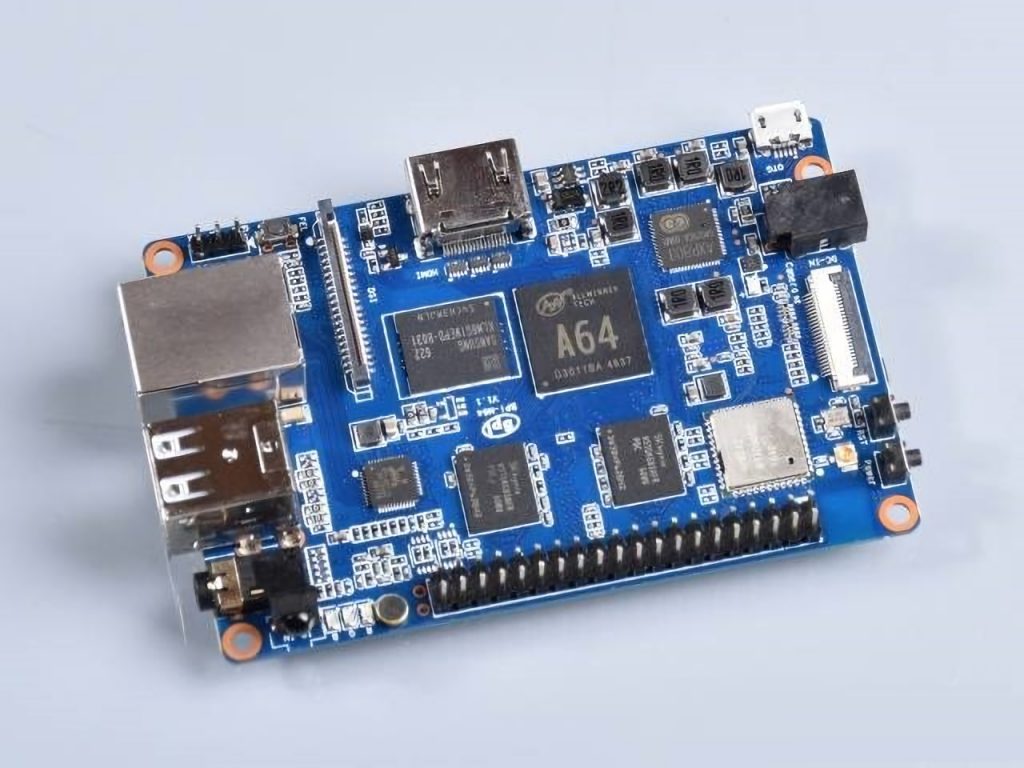
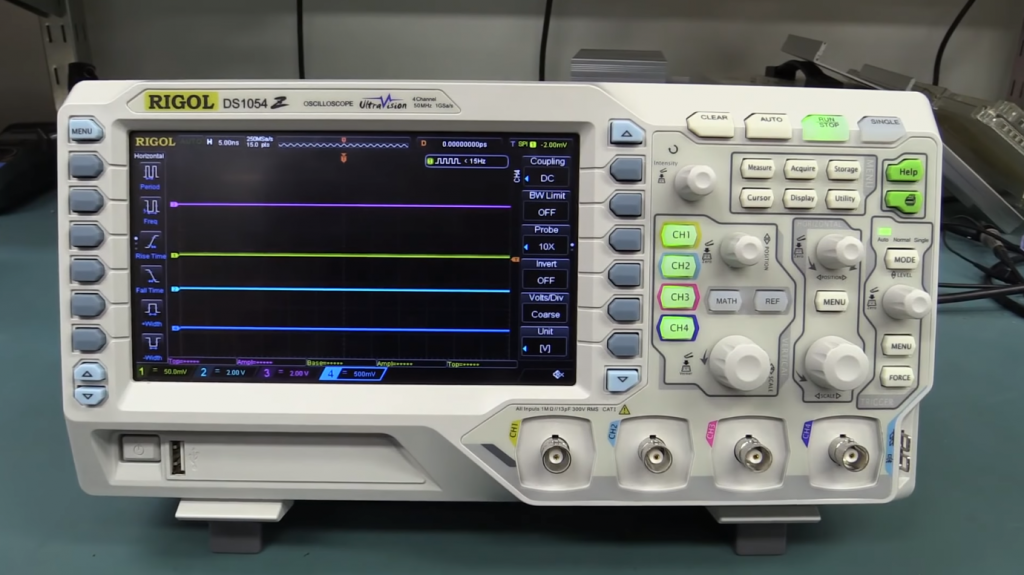
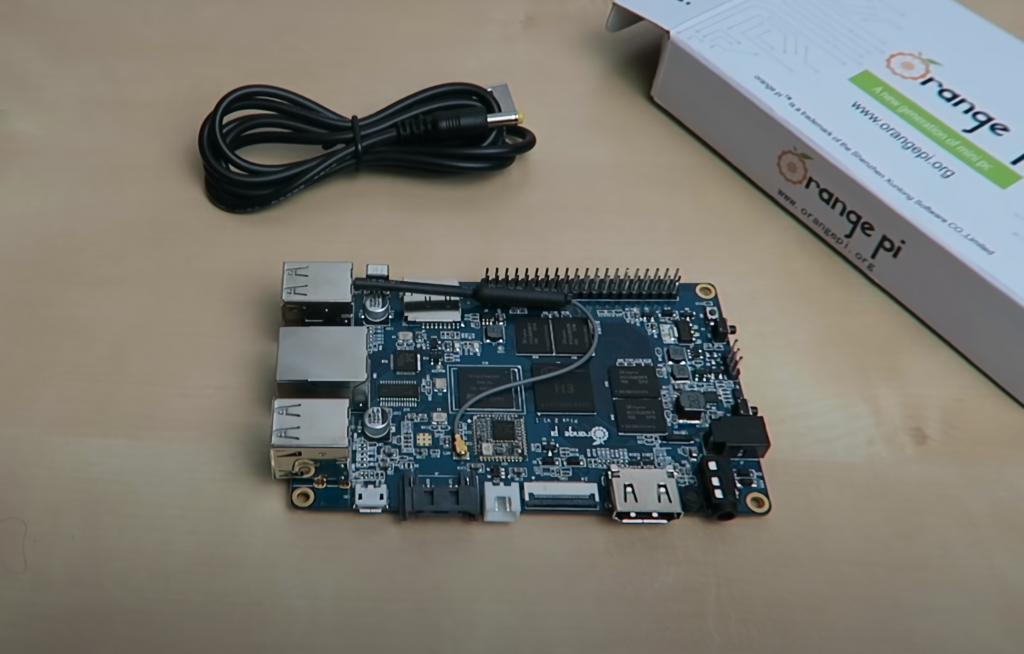
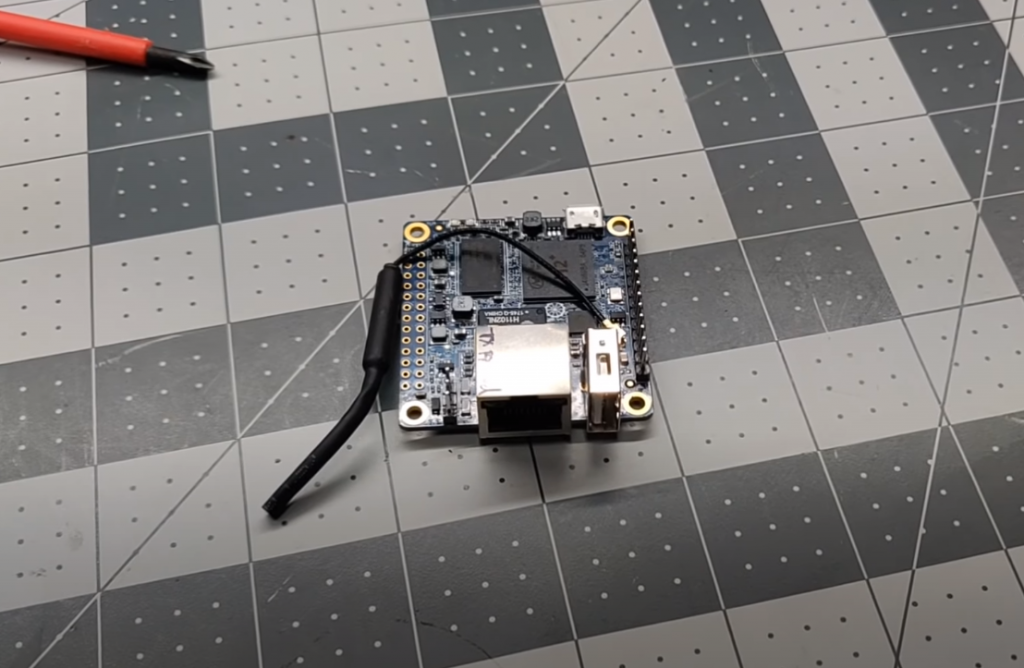
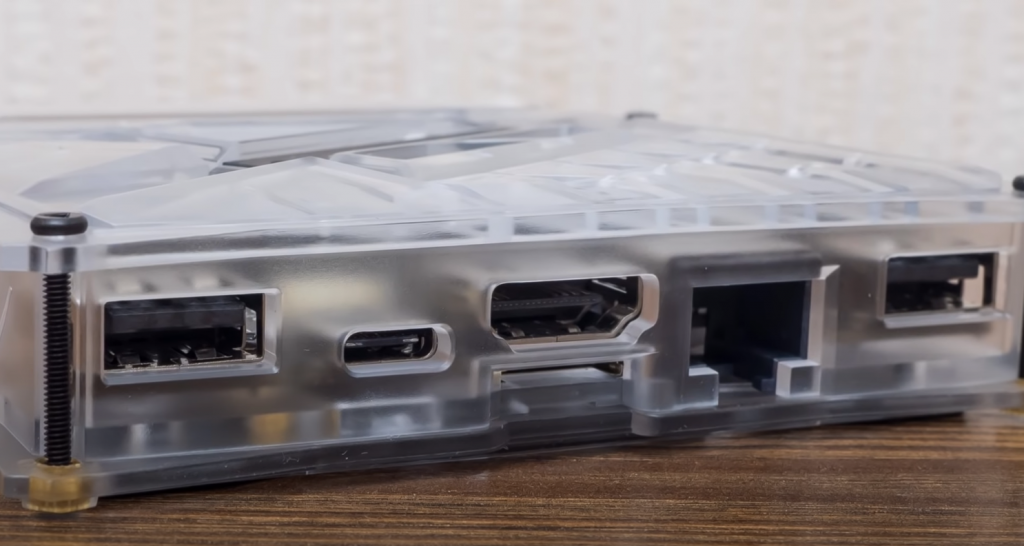
As a maker, I’ve been exploring new boards and platforms to tinker with. Recently, I decided to try out the Orange Pi One single-board computer. This low-cost device has plenty of features that make it a great option for makers and hobbyists alike.
The first thing that caught my attention was its price – the board costs just $20 USD! It runs on an AllWinner H3 SOC with an Arm Cortex-A7 processor, 1GB of DDR3 RAM, 8GB eMMC flash storage, and support for Wi-Fi 802.11 b/g/n. To get started prototyping projects quickly, it also includes several standard interfaces like HDMI output, RCA output for audio, Ethernet port for data communication, USB 2.0 ports for connecting peripherals such as keyboards or mouses.